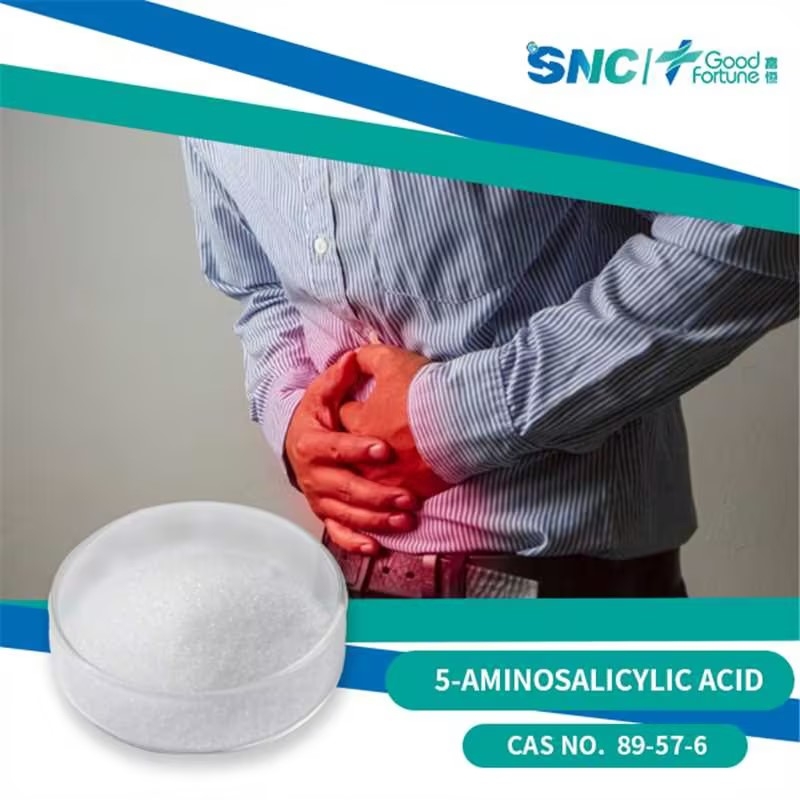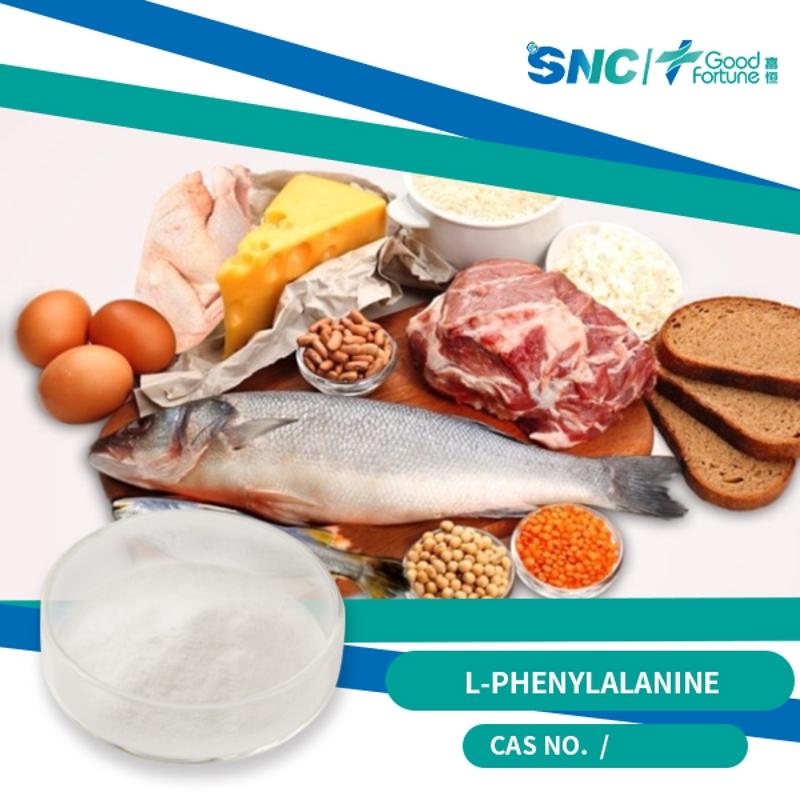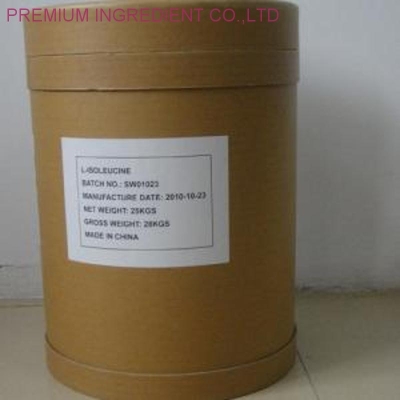-
Categories
-
Pharmaceutical Intermediates
-
Active Pharmaceutical Ingredients
-
Food Additives
- Industrial Coatings
- Agrochemicals
- Dyes and Pigments
- Surfactant
- Flavors and Fragrances
- Chemical Reagents
- Catalyst and Auxiliary
- Natural Products
- Inorganic Chemistry
-
Organic Chemistry
-
Biochemical Engineering
- Analytical Chemistry
-
Cosmetic Ingredient
- Water Treatment Chemical
-
Pharmaceutical Intermediates
Promotion
ECHEMI Mall
Wholesale
Weekly Price
Exhibition
News
-
Trade Service
O-Methyl-L-threonine is a refined organic compound that is commonly used in the chemical industry.
It is synthesized through several synthetic routes, which can be broadly classified into batch and continuous processes.
Batch Process Synthesis of O-Methyl-L-threonine
The batch process involves the use of a single reactor where all the reactions take place in a sequential manner.
The batch process for the synthesis of O-methyl-L-threonine typically involves the following steps:
- Preparation of the reactants: L-threonine, methyl iodide, and a solvent are prepared in proper quantities.
- Addition of the reactants: The L-threonine and methyl iodide are added to the reactor, followed by the addition of the solvent.
- Reaction: The reactants are allowed to react under controlled temperatures and pressures.
- Workup: The reaction mixture is treated with a base to hydrolyze the methyl ester.
- Extraction: The resulting mixture is extracted with a suitable solvent to separate the organic phase from the aqueous phase.
- Purification: The organic phase is purified by using a suitable purification column.
- Recrystallization: The purified product is recrystallized to obtain pure O-methyl-L-threonine.
Continuous Process Synthesis of O-Methyl-L-threonine
In contrast to the batch process, the continuous process involves the use of a series of interconnected reactors, where the reactions take place in a continuous manner.
The continuous process for the synthesis of O-methyl-L-threonine typically involves the following steps:
- Preparation of the reactants: L-threonine, methyl iodide, and a solvent are prepared in proper quantities.
- Conversion of L-threonine to L-threonine-4-one: L-threonine is converted to L-threonine-4-one using a suitable epoxidizing agent in the presence of a solvent.
- Addition of methyl iodide: Methyl iodide is added to the reaction mixture in another reactor.
- Reaction: The reactants are reacted in the presence of a suitable catalyst to form O-methyl-L-threonine.
- Product recovery: The product is recovered from the reaction mixture using a suitable separation technique.
- Purification: The recovered product is purified by using a suitable purification column.
- Recrystallization: The purified product is recrystallized to obtain pure O-methyl-L-threonine.
Advantages of Continuous Process
The continuous process has several advantages over the batch process.
Some of the key advantages are:
- Increased efficiency: The continuous process allows for a higher yield of product as it operates at a higher conversion rate than the batch process.
- Improved product quality: The continuous process ensures a uniform product quality due to the consistent reaction conditions.
- Reduced time and costs: The continuous process reduces the time and costs involved in the synthesis process by eliminating the need for multiple batch reactions.
- Increased safety: The continuous process is safer as it reduces the risk of a hazardous reaction condition.
- Improved flexibility: The continuous process can be easily scaled up or down, making it more flexible for production and research purposes.
Conclusion
O-Methyl-L-threonine is commonly used in the chemical industry, and its synthesis can be achieved through batch and continuous processes.
The continuous process has several advantages over the batch process, including increased efficiency, improved product quality, reduced time and costs, increased safety,







